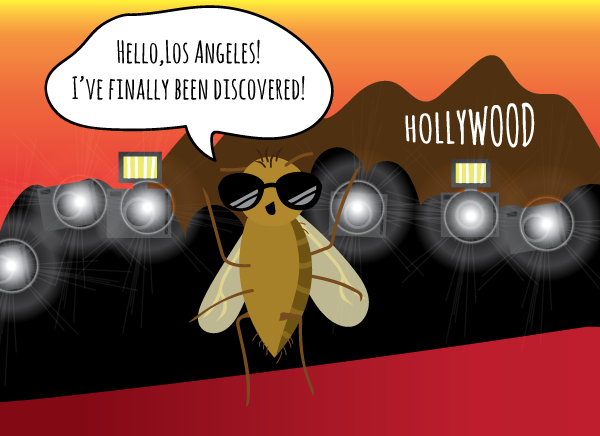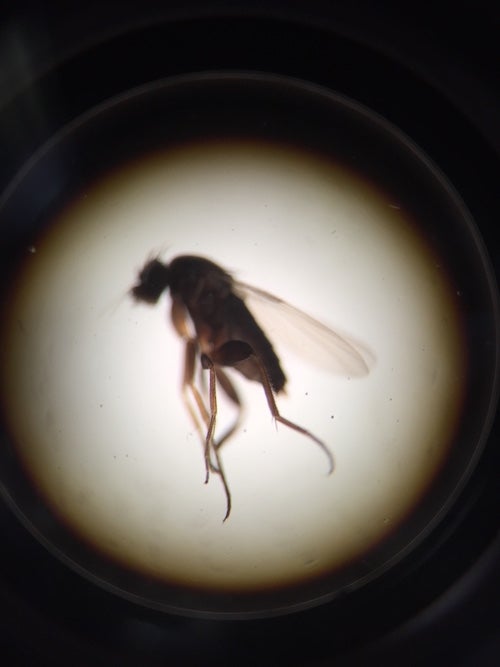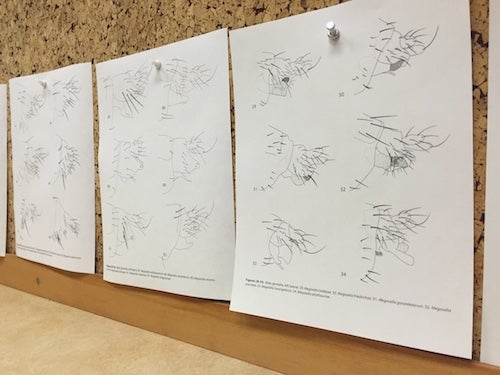This article was published in Scientific American’s former blog network and reflects the views of the author, not necessarily those of Scientific American
When many of us think about a trove of new species being discovered, our minds wander to the Amazon or perhaps the bottom of the ocean—largely unexplored, exotic worlds. But there is still plenty to discover in heavily populated places, such as—oh, I don’t know—Los Angeles. Yes, 43 species of flies have recently been discovered in the urban metropolis.

This work was done by scientists like Emily Hartop at the Museum of Natural History of Los Angeles County. She spent months sorting and identifying over 44,000 individual phorid flies. Identifying them isn’t easy, either. You have to look very closely at the males’ differing genitalia—their butt hairs, basically (although technically they’re called “setae,” as hair is really a mammalian thing). Hartop has spent so much time with these flies she can identify over 100 species within moments of gazing at their hairy rumps under a microscope. That’s impressive.
On supporting science journalism
If you're enjoying this article, consider supporting our award-winning journalism by subscribing. By purchasing a subscription you are helping to ensure the future of impactful stories about the discoveries and ideas shaping our world today.

One of the phorid fly specimens (actual size around 1mm).
The flies Hartop studies are Megaselia, a genus of the Phoridae family of flies. This group is notoriously difficult to identify because the differences are so subtle and numerous.
But now that we’ve been introduced to this new cohort of flies, the next steps are to look at their distribution and environment. Where are they found? What sorts of plants and landscapes are suitable for them? Who are they voting for in November?

A sample of phorid flies in ethanol, with my oh-so-dainty fingertip for scale.
You might be wondering where a scientist like Hartop would come across tens of thousands of specimens to do this painstaking work. This was all possible because of the Museum’s citizen science program. Volunteers from around Los Angeles agreed to set up Malaise traps in their backyards. These are basically tents that funnel insects as they happen to fly by, which then fall into a plastic bottle with no hope of escape. Collectors come by weekly to collect the bottles, mark the collection spot, and return to the Museum with untold troves of specimens waiting to be sorted and identified.

Phorid fly male butt hair identification guides by Emily Hartop.
What other secrets could Los Angeles and other densely populated cities still be holding? We won’t know until we look!